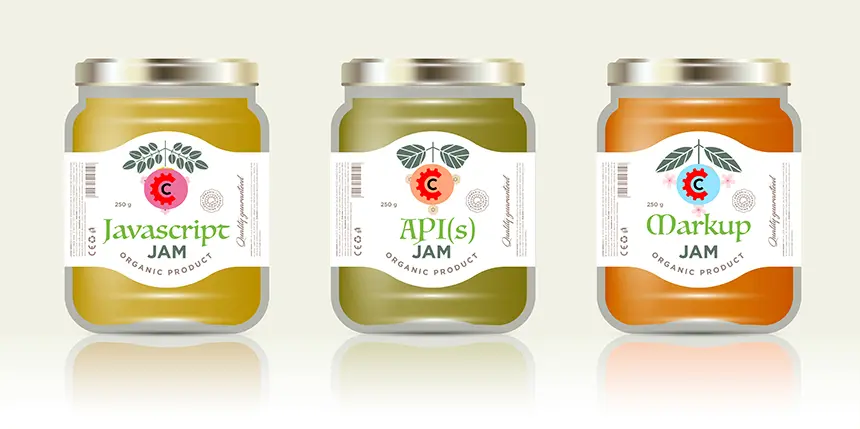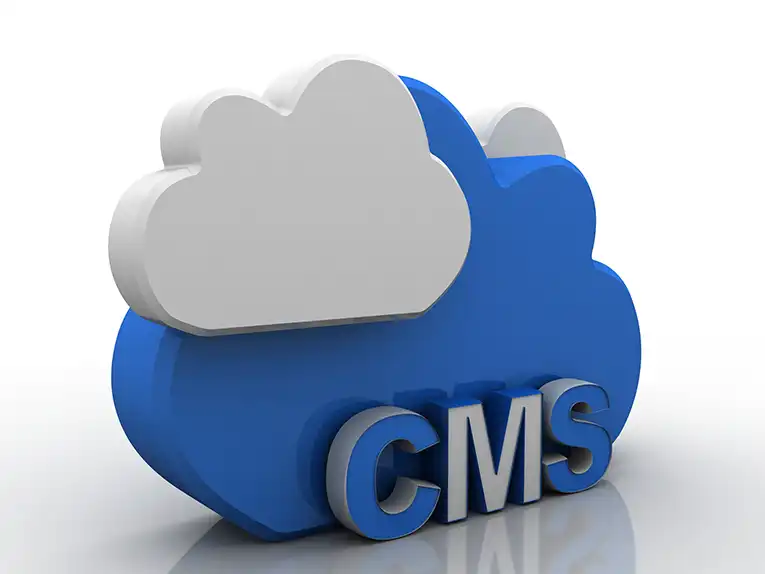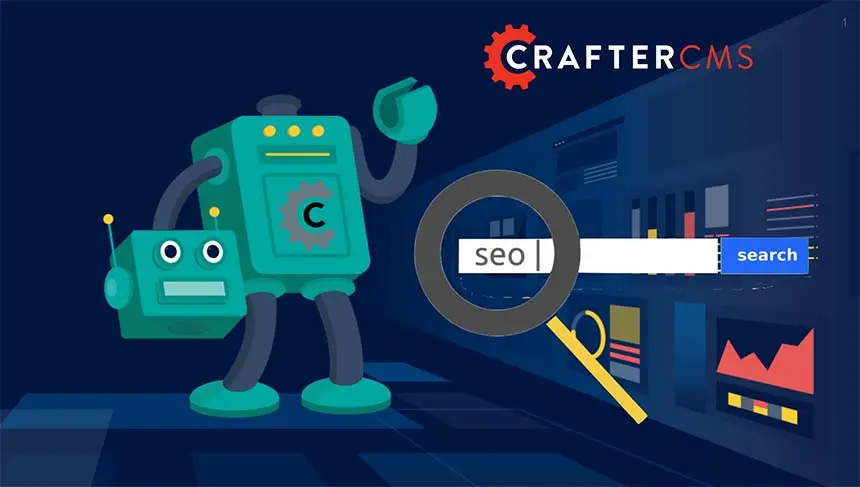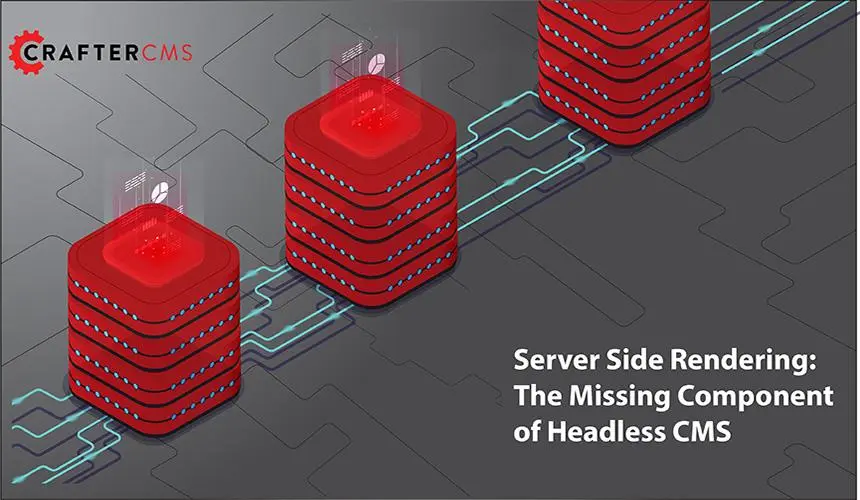Considerations for Using Jamstack in the Enterprise

Mike Vertal

When building any new web development project, you need to consider the technology stack you will build on. Unlike a decade ago when things were pretty straightforward, technology has advanced considerably, providing several options for businesses and developers that want to create the best experience for their customers.
For enterprise companies, a technology stack is arguably even more critical as there are so many moving pieces to consider as well as millions of customers to cater to. As a result, enterprise companies have been turning to the Jamstack for building web experiences due to its speed, flexibility, and security.
Developers have found solace in the Jamstack, with 65% choosing it to build fully dynamic applications over another architecture, according to the latest Jamstack community survey. This is up from 57% in the previous year.
However, in order to get the most out of the Jamstack, you need to rely on the capabilities of a headless CMS. But not every headless CMS has the functionality that enterprise companies need to truly harness the power of the Jamstack to meet customer expectations. In this article, we’ll explain some of the things enterprise organizations need from the Jamstack architecture and why CrafterCMS is the best CMS for the job.
What is Jamstack?
Jamstack is a modern web development architecture used for building web applications. JAM is an acronym that refers to JavaScript, APIs, and Markup. All dynamic functionality is managed using JavaScript, providing zero restrictions on the framework or library that developers use. Reusable APIs manage the server-side functionality, and Jamstack sites are built using pre-rendered Markup and a Static Site Generator (SSG). Because it delivers static sites, the Jamstack architecture provides higher performance, excellent security, and easy scalability than many other available architectures.
One of the most popular SSGs for building Jamstack applications is Gatbsy. Jamstack is ideal for building smaller sites and microsites that are critical elements of the enterprise content experience, such as React-based applications that require no server-side rendering.
Suppose you’re a developer at an innovative enterprise. In that case, chances are you’re already using -- or considering to use -- Jamstack to build some enterprise websites and applications, such as static microsites and landing pages. Jamstack is ideal for these types of projects, yet there are some myths about what can be and can’t be done using the Jamstack architecture.
Read More: Jamstack: The Ultimate Guide for Developers, Marketers, and Executives
Debunking Drawbacks of Jamstack
If you’re an enterprise CTO considering adopting Jamstack for your organization, you have surely heard about the popularity of the architecture and the types of applications that can be created using it.
However, one of the supposed drawbacks of adopting Jamstack is that it forces the organization to be over-reliant on your developers. When they build a bespoke application for your company, it can be difficult to find another Jamstack developer to manage the application if they leave the company. Or, the few developers that know about the architecture will be relied on to make any types of changes to the applications.
The reality is, these pitfalls aren’t due to Jamstack, and such a situation can occur with any architecture. The solution is having a system and technology that enables better management of your developers. Especially for enterprises building modern content applications, you need a CMS that supports your developers and enables effective collaboration with the other departments such as marketing and operations.
Why Crafter is the Best Headless CMS for Enterprises Using Jamstack
For enterprises using the Jamstack, you need a headless enterprise CMS that provides comprehensive API support — the A in Jamstack. CrafterCMS has these capabilities making it the ideal solution for working with the Jamstack architecture. Here are a few features Crafter provides:
Real Content API Development
CrafterCMS provides native REST and GraphQL APIs, as well as the ability to script your own custom APIs with Groovy. These extensible content APIs enable you to utilize any front-end development framework (such as Angular, Vue, and React), easily manage schema and quickly build web applications easily. With access to the full range of JavaScript frameworks, you have all of the capabilities necessary to build Jamstack applications.
DevContentOps Processes
Proper developer workflows can fix many of the supposed issues that can crop up with Jamstack. CrafterCMS is built on Git and provides APIs for CI/CD integration for DevOps, local developer tools, and support for agile ContentOps. Plus, Crafter’s DevContentOps approach enables smooth workflows for building content applications by bringing content and the CMS into the DevOps equation. With these capabilities, developers have everything they need to get the most out of Jamstack, and enterprises can quickly adapt while other developers get up to speed on the architecture.
Best-In-Class Content Authoring Experience
CrafterCMS provides a fully featured content authoring environment that enables marketers to create sites and applications that drive engaging experiences. And these authoring capabilities are available for any type of digital experience, including those built with Jamstack. For end customers, the speed they experience when browsing a Jamstack website needs to be supported by engaging content that captures their attention and delivers results.
Elastic Scalability
With Crafter, you have global scalability and can be hosted anywhere. Crafter’s integration with Amazon Web Services enables you to monitor and manage a small footprint that scales elastically. With serverless and stateless dynamic content delivery, this dramatically simplifies operations.
Open Source
Crafter’s open source license makes it easy for developers to adopt a flexible platform or each web application and places no restrictions on the frameworks or technologies they can use.
Full Range Enterprise Use Cases
CrafterCMS is built for the enterprise and can satisfy a full range of use cases. Most large enterprises have several digital experiences -- ranging from personalized websites, corporate intranets, customer portals, and mobile apps to static sites, blogs, landing pages and microsites. From building Jamstack-based static sites to highly dynamic, planet-scale personalized websites, CrafterCMS has the capabilities that make it ideal for any use case that an enterprise organization could have.
CrafterCMS: Your Solution For Embracing Modern Architectures
When it comes to modern architectures such as Jamstack, you need the support of a headless CMS that meets the demands of today’s enterprise businesses. CrafterCMS provides the framework-agnostic flexibility that makes it ideal for the Jamstack and also perfect for other web architectures.
Developers have the freedom and flexibility to use the tools that they want for each use case. However, marketers aren’t left out in the cold either, as Crafter provides marketer-friendly features that enable them to easily create, preview, and publish content for Jamstack sites without relying on developers to assist them.
Plus, CrafterCMS provides the answer for some of the drawbacks some enterprises have encountered with the Jamstack before. With DevContentOps support and a Git-based content repository, development teams and content teams can more easily collaborate.
Jamstack provides a modern web architecture for enterprise applications and promises speed, security, scalability, and more. With the help of a headless CMS like CrafterCMS, you have the API-first support required to handle Jamstack for the enterprise.
Learn more about Crafter’s headless capabilities by reading our White Paper: The World of Headless CMS: Everything You Need to Know About Headless Content Management.
Related Posts

CrafterCMS Wins More G2 Awards Spring 2024

Amanda Lee

What Is a Cloud CMS? (Unlocking the Benefits of a CMS in the Cloud)

Sara Williams

Headless CMS SEO (How to Do SEO Right With a Headless CMS)

Amanda Jones

Implementing DevContentOps: Best Practices for Integrating DevOps and Content Management

Amanda Lee










